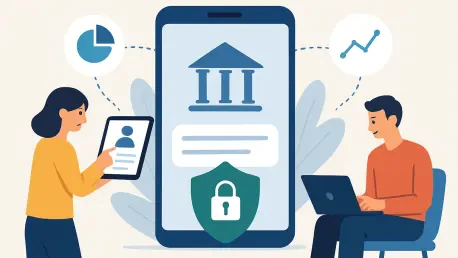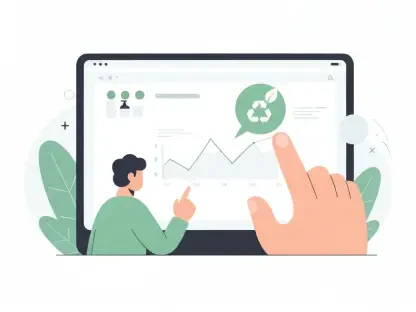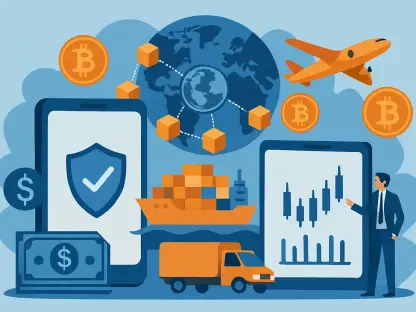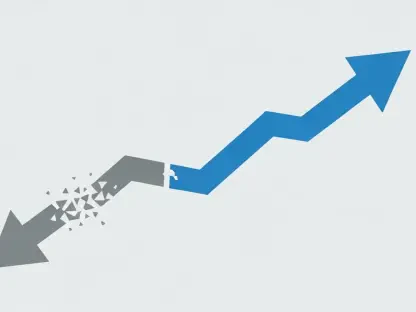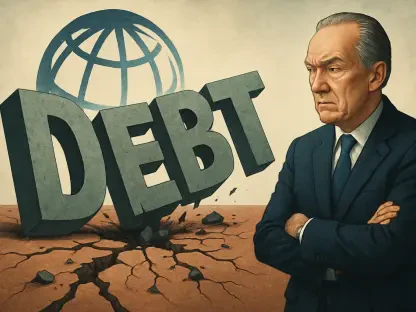I’m thrilled to sit down with Priya Jaiswal, a distinguished expert in banking, business, and finance, whose deep knowledge in market analysis, portfolio management, and international business trends offers invaluable insights into the evolving world of financial regulation. Today, we’re diving into the hot topic of open banking and the Consumer Financial Protection Bureau’s (CFPB) recent moves to refine its rules around data sharing. Our conversation explores what open banking really means for consumers, the motivations behind the CFPB’s call for public input, the tensions between banks and fintechs, and the potential risks and rewards of this transformative policy. Let’s get started.
Can you break down what open banking means in simple terms, and how it impacts the average person?
Absolutely. Open banking is essentially a system where consumers can allow third parties, like fintech apps or other financial service providers, to access their financial data—think bank account details, transaction history, or payment information. This is usually done through secure technology, like APIs, with the consumer’s consent. For the average person, this could mean using an app to get a clearer picture of your spending across multiple accounts or finding better loan rates by sharing your financial history with a new provider. It’s all about giving you more control over your data and opening up options beyond traditional banks.
What’s driving the CFPB to seek public feedback on the open banking rule at this moment?
The CFPB is revisiting this rule now due to a mix of legal challenges and a shift in administrative priorities. Recently, there’s been litigation from banks questioning the CFPB’s authority and specific aspects of the rule, like the ban on fees for data access. After initially aligning with the banks’ perspective under the current administration, the CFPB seems to be recalibrating its approach, aiming to address unresolved issues through public input. This 60-day comment period is a chance to hear from all stakeholders—banks, fintechs, and consumers—to shape a more balanced policy.
What are some of the key issues the CFPB is looking to resolve through this public comment process?
The CFPB has flagged a few critical points. One big question is who can represent consumers in this data-sharing process—ensuring it’s someone trustworthy and not just any third party. They’re also wrestling with who should bear the cost of sharing this data, as it’s a significant expense for banks. And then there’s the concern about consumer risks, especially with data potentially falling into the wrong hands or revealing more personal information than intended. These are complex issues that need clear guidelines to protect everyone involved.
How do you see the divide between banks and fintech companies when it comes to their views on open banking?
There’s definitely a tension here. Many banks, especially those involved in lawsuits against the CFPB, oppose the rule, particularly the no-fee policy for data access. They argue it’s unfair to shoulder the costs without compensation, and some, like the largest U.S. bank, have even started charging data aggregators fees, which could squeeze fintechs financially. On the other hand, fintechs generally support the rule, seeing it as a way to level the playing field. They believe open banking empowers consumers by giving them access to innovative tools and services that traditional banks might not offer.
What potential benefits do you think open banking could bring to consumers and the financial industry as a whole?
The benefits could be substantial. For consumers, open banking means more tailored financial tools—imagine an app that helps you budget by pulling data from all your accounts or finding a cheaper mortgage rate by analyzing your credit history. It’s about choice and convenience. For the industry, it fosters competition. When fintechs and app developers can access consumer data with permission, they can challenge big banks by offering better rates or services, which ultimately pushes everyone to innovate and improve.
What are the biggest concerns around consumer data security in the context of open banking?
Data security is a huge worry, and rightfully so. The CFPB has pointed out risks from what they call ‘malign actors’—basically, hackers or bad players who could exploit shared data for fraud or identity theft. There’s also the chance of accidental oversharing, where a consumer might not realize how much information they’re exposing. Protecting this data requires robust systems, clear consent processes, and strict oversight to ensure third parties handle it responsibly. Without that, trust in open banking could crumble.
How do you see the timeline for implementing the open banking rule, and what challenges might affect it?
As it stands, the largest banks are expected to comply by mid-2026, with smaller banks phased in through 2030, and the smallest institutions exempt if they’re under a certain asset threshold. However, there’s concern about delays, especially from fintechs and small businesses who worry that pushing back deadlines could stall innovation and hurt their operations. Legal challenges and the CFPB’s accelerated rulemaking process add uncertainty—any revisions could shift the timeline or the rule’s core principles, depending on the feedback they receive.
What’s your forecast for the future of open banking in the U.S., given these developments?
I’m cautiously optimistic. Open banking has the potential to revolutionize how consumers interact with financial services, driving competition and innovation. But its success hinges on striking the right balance—ensuring consumer data is secure while not burdening banks or fintechs with unsustainable costs. The CFPB’s willingness to revisit and refine the rule is a good sign, but the outcome of this comment period and ongoing litigation will be critical. If done right, I think we could see a more dynamic and consumer-friendly financial landscape in the next five to ten years, though it won’t be without growing pains.
